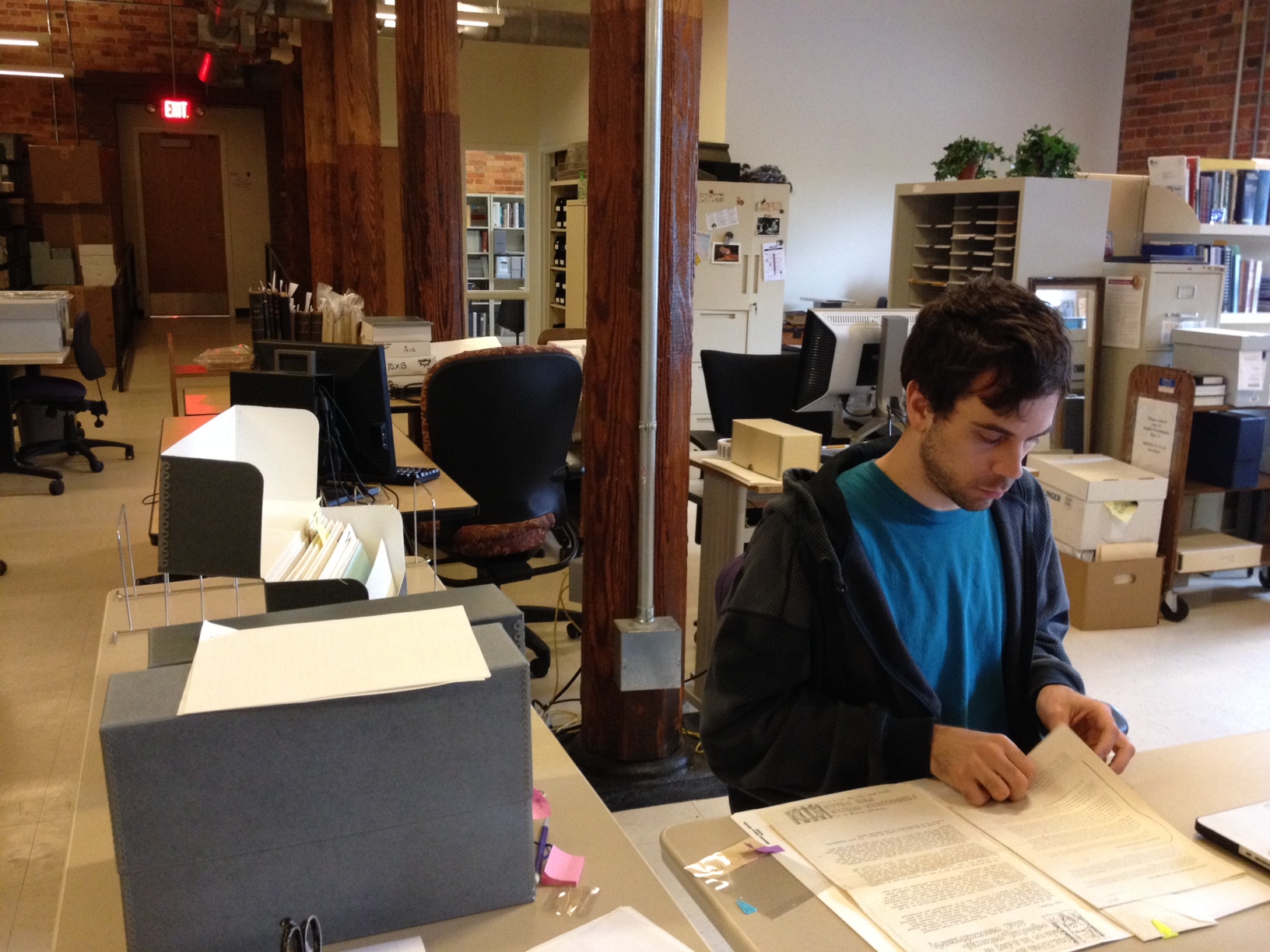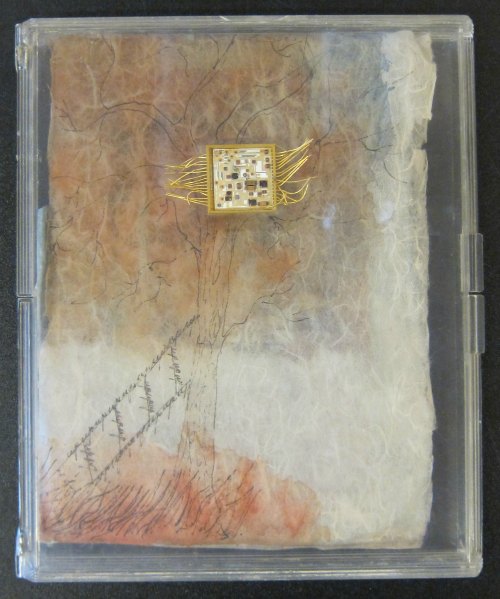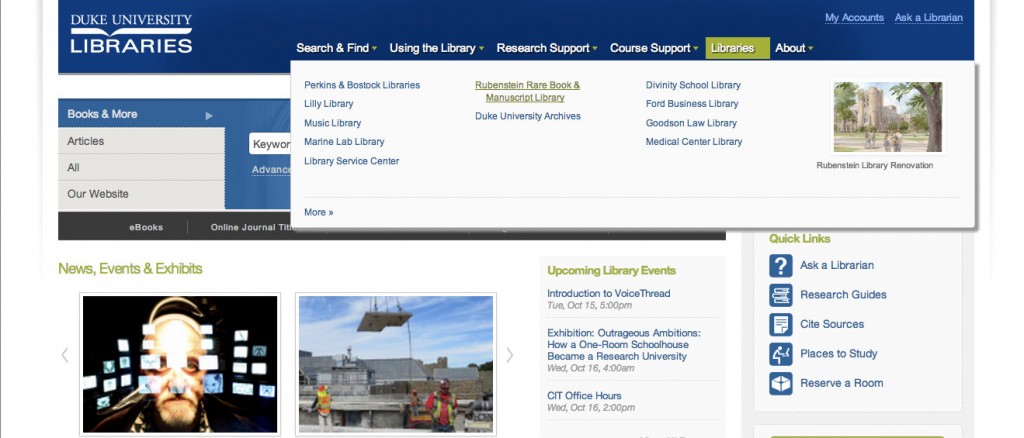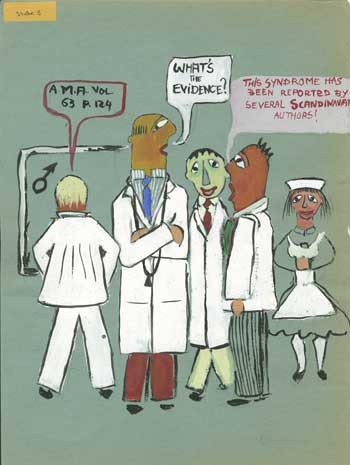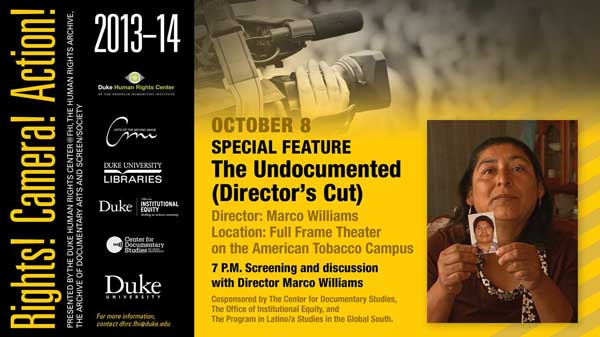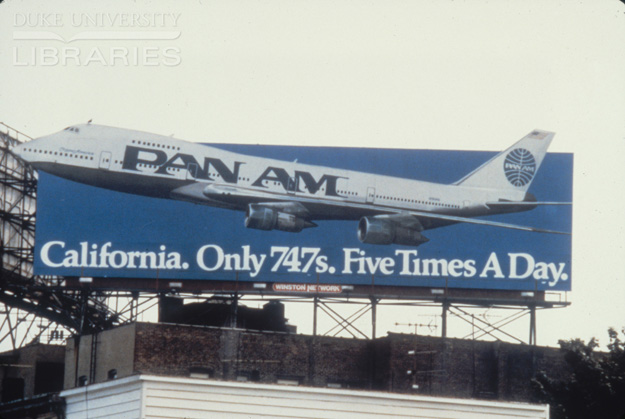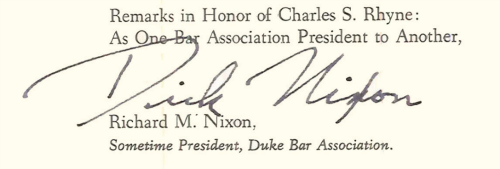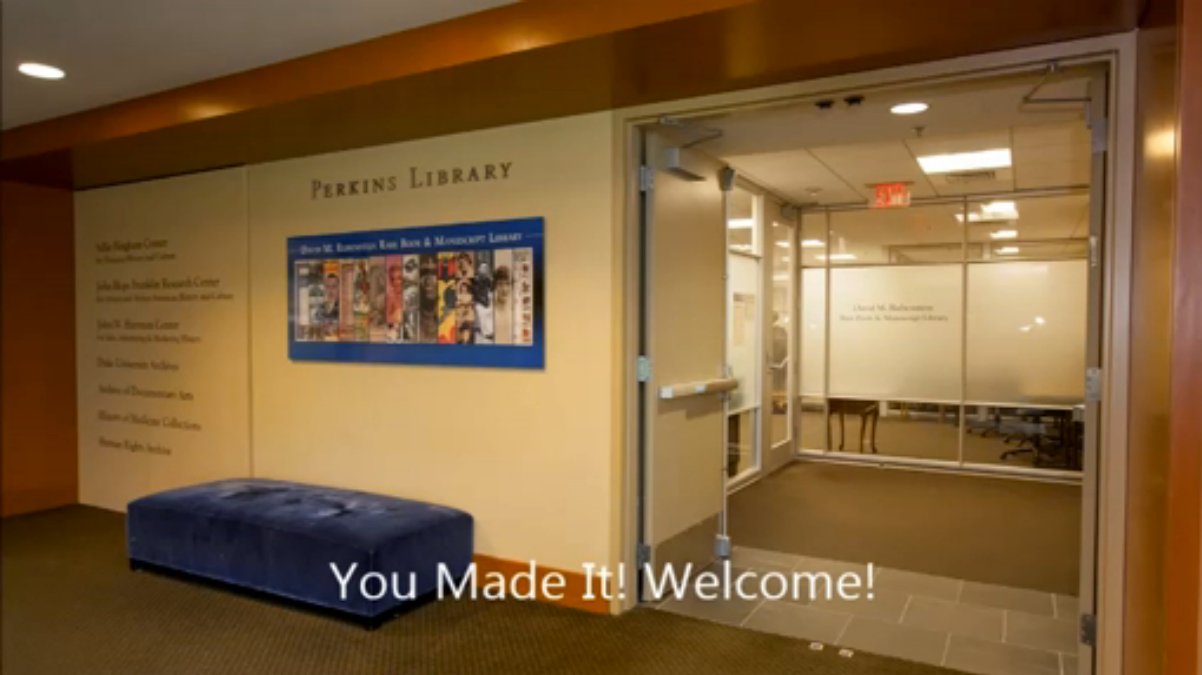(Un)obsequiously Yours: An Out-of-the-Blue Letter from the Spiritual Master Alfred R. Pulyan
Welcome to the third post in a series documenting the processing of the Abraham Joshua Heschel Papers.
One of the most intriguing features of the Abraham Joshua Heschel collection is its ability not only to shed light, by virtue of the abundance and diversity of the materials it contains, on his intellectual biography, private persona, and scholarly and political work, but also to comment widely on a variety of issues related to the contemporary public and private sphere in the United States. Among such issues are certainly the socialization of the function of secular and religious thinkers and the material importance of correspondence in the establishment and furthering of social networks and intellectual affinities.
More particularly, in the case of as prominent and publicly exposed a figure as Heschel, it is interesting to notice the recurrence with which individuals of different persuasions, professions and social standing, struck by the reading of his works, spontaneously set out to address him letters. They often did so in order to offer their perspective on an issue they deemed dear to him, expose their views about various religious problems, or simply secure an opportunity to meet him in person. The particular sub-genre emerging from these “first letters,” in which an awkwardly deferential act of addressing turns into a self-conscious emergence from anonymity, may yield some insights into the relationship that links writing, and particularly epistolary writing, to the processes of subjectivation.
One exceptional, aberrant instance of such messages-out-of-the-blue genre can be cited. It is a neatly-penned and beautifully-styled letter, spanning five columns and three sheets of paper, addressed to Heschel by Alfred R. Pulyan, one of those figures whose relative notoriety derives in part by the respectable legitimacy with which the adjective “obscure” can be attached to their names. Writing to Heschel in 1964, ostensibly about Cardinal Augustin Bea’s draft of the declaration Nostra aetate (but really about Judaism, Christianity, the awakening, and the sense of existence), Pulyan, a spiritual teacher based in South Kent, Connecticut, by the end of his letter makes no mystery of his intentions: to turn the Polish-born rabbi into one of his pupils.

The esoteric teacher seems aware of the unlikelihood that his proposition hit its mark: “In your [i.e. Heschel’s] case,” he writes, “the rejoinder I judge will be neglect or rejection (the great “no” of [Constantine P.] Cavafy), unless you childishly fear I am trying to edge you into Christianity by a back door.” Whether or not the lures of Pulyan’s coquettishly uncompromising tone did indeed fall flat is difficult to tell, in the absence (for the time being) of other messages from this tough-sounding enlightened master. What the reader is left with is the charm of an unpredictably effective hortatory prose and, as is often the case with this collection, an indecipherable piece of archive, through whose very recalcitrant oracularity a glimmer of a whole universe of meaning is revealed.
Post contributed by Emanuel Fiano, processing intern for the Abraham Joshua Heschel Papers in Technical Services.

